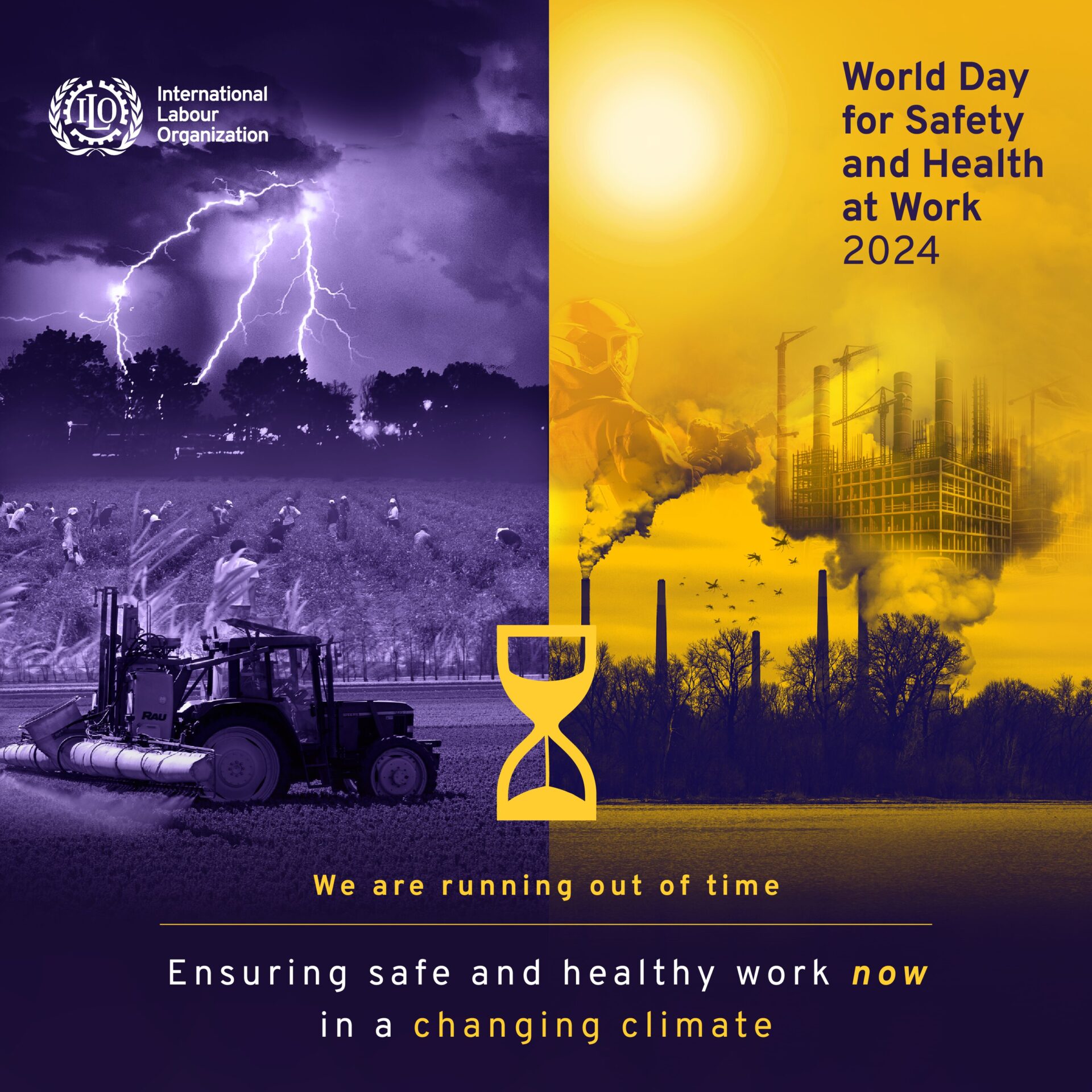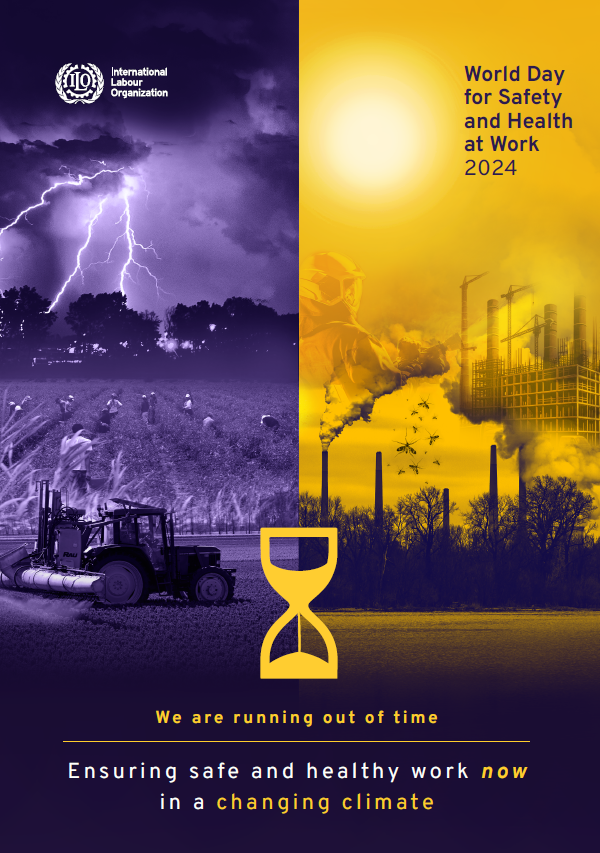
In all workplaces, whether it be a bustling construction or mining site, a quiet office or factory floor, the importance of workers’ safety cannot be overlooked. Ensuring employee safety and well-being is not just a legal requirement, but more importantly a moral obligation. Despite of all the advancements in technology, occupational hazards persist. While enhanced safety regulations have seen a decline in hazard and accident occurrences, we still cannot say that all workplaces are entirely safe for employees to work in.
According to Safe Work Australia, there have been more than 1,850 traumatic injury fatalities in Australian workplaces, and over 1,140,000 workers have made a serious workers’ compensation claim. The U.S. Bureau of Labor Statistics reported 5,333 fatal work injuries in the year 2019 alone. These statistics highlight the importance of developing ongoing strategies and a robust safety culture to combat the risks to workers’ health and safety. In this article, we will talk more about occupational hazards and how to prevent them.

Occupational hazards are the risks associated with the workplace. The Occupational Safety and Health Administration (OSHA) describes five categories of occupational hazards:
Each industry faces its unique set of challenges, but the overarching goal remains the same: to mitigate risks and create environments where employees can perform their duties safely.
To create more awareness about the same, the International Labour Organisation (ILO) has set April 28 as the Day for Safety and Health at Work (World Day) and Workers' Memorial Day. This year’s theme explores the “impacts of climate change on occupational safety and health”.
There are several compelling reasons why ensuring a safety culture should be a top priority for organisations:
On the occasion of the World Day for Safety and Health at Work and Workers' Memorial Day, it's essential for businesses to reflect on their commitment to safety and reevaluate their practices to ensure the well-being of their employees. By fostering a culture that prioritises safety, organisations can create healthier, more productive work environments and contribute to the global effort to prevent workplace accidents and fatalities.
Chemwatch produces Safety Data Sheets (SDS) to ensure all your users are aware of the hazards related to the chemicals used in products. If you want to know more about the environmental and health effects of chemicals, or how to minimise risk while working with chemicals, we’re here to help. We have tools to help you with mandatory reporting, as well as generating SDS and Risk Assessments. We also have a library of webinars covering global safety regulations, software training, accredited courses, and labelling requirements. For more information, Contact Us today!
Sources
https://www.osha.gov
https://www.law.cornell.edu/wex/occupational_hazard
https://www.ilo.org/global/topics/safety-and-health-at-work/events-training/events-meetings/safeday2024/lang--en/index.htm